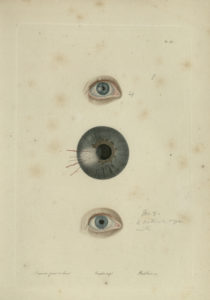We have all heard the phrase “an eye for an eye.” The full passage, from The Code of Hammurabi, 2250 B.C.E., reads, “If a man destroy the eye of another man, they shall destroy his eye.” Less well known are the other ocular codes, including, “If a physician open an abscess (in the eye) of a man with a bronze lancet and destroy the man’s eye, they shall cut off his fingers.”
Ophthalmology, in a way, thus existed in ancient Babylon, meaning that the field is over 4,000 years old. Indeed, the ancient Egyptians detailed the treatment of cataracts and trachoma in papyri dating to 1650 B.C.E.
Hippocrates, the father of all medicine who lived in Greece in 5th century B.C.E., knew of the optic nerve, though he did not understand its function. He described many treatments for maladies of the eye, including restricted diets, hot footbaths and even cutting incisions into the scalp to excise the “morbid humors” of the eye. Galen, whose influence on Western medicine through the 18th century cannot be overstated, wrote two volumes related to ophthalmology, both of which are lost to history. However, his Anatomy and Physiology of the Eye exists to this day and prevailed for nearly 1,500 years after his death in 210 C.E.

